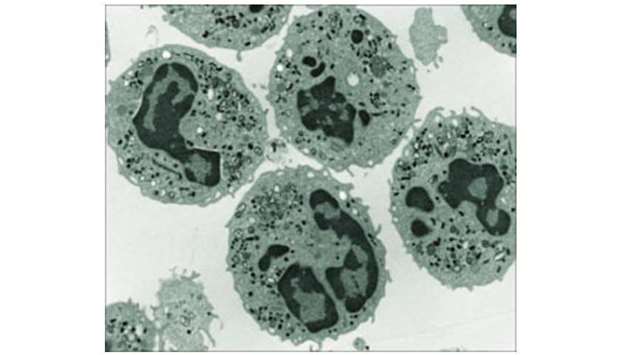QUESTION: My one-year-old has neutropenia, and his neutrophil count is very low (310). He often gets infections, and his neutrophil count goes even lower when he’s on antibiotics. What are our options at this point to get him healthy?
A: Neutropenia is a condition in which a person has too few neutrophils. Neutrophils are a type of white blood cell that helps the body fight infections, particularly infections caused by bacteria. People who have neutropenia are at high risk for multiple infections. In infants and toddlers with neutropenia, those infections often affect the ears, mouth, lungs, sinuses, throat and urinary tract.
To manage neutropenia appropriately, it’s important to know the cause. Various diseases and conditions can lead to neutropenia. Make an appointment for your child to have further evaluation by a paediatric haematologist – a healthcare provider who specialises in blood disorders in children – to find the reason for his neutropenia. The specialist will be able to help you decide on the most appropriate treatment.
Neutrophils are made in bone marrow – the spongy tissue inside some larger bones. The normal level of neutrophils in children varies depending on the child’s age. A one-year-old is considered to have neutropenia when the neutrophil count goes below 1,500. A count below 500, as in your son’s case, puts him at a significantly higher than normal risk for infection.
To determine the cause of your son’s neutropenia, it is important to first determine whether it is due to increased destruction of neutrophils (eg, as a result of an immune disorder) or because of decreased production of neutrophils. A decrease in the production of neutrophils can be the result of a congenital problem in the bone marrow, a nutritional deficiency or another condition that prevents the bone marrow from making a sufficient amount of neutrophils.
Neutropenia also can be a result of taking certain medications, especially antibiotics and other drugs used to fight infection.
In some cases, particularly when neutropenia occurs in young children, the problem may be caused by a genetic mutation. This form of the disorder is called severe chronic neutropenia. There are several categories of genetic neutropenia, including congenital neutropenia, also called Kostmann syndrome; cyclic neutropenia; and autoimmune neutropenia.
To find out what’s causing his neutropenia, your son likely will need to undergo several tests, including additional blood tests and evaluation of his bone marrow. If his healthcare provider suspects a genetic component to the disorder, genetic testing also may be appropriate. There are instances where no clear cause can be found for neutropenia – even after thorough testing. In those cases, the disorder is labelled as idiopathic neutropenia.
If evaluation finds an underlying disorder that’s causing neutropenia, treatment for that problem could help restore the neutrophils and decrease the risk of infection. Sometimes, treatment with a medication called granulocyte colony-stimulating factor, or GCSF, also may be used to help the body rebuild its supply of neutrophils.
Talk to a paediatric haematologist about assessing your son’s neutropenia. By gathering more information about his condition – especially the cause – you’ll be better equipped to make an informed decision about the best way to move forward. – Mayo Clinic News Network



